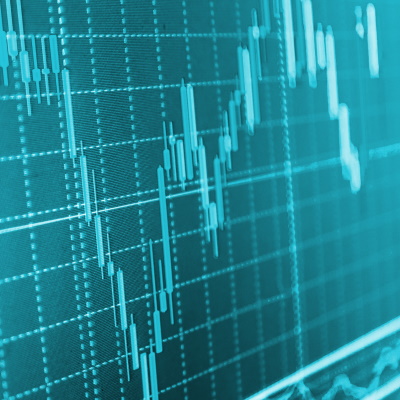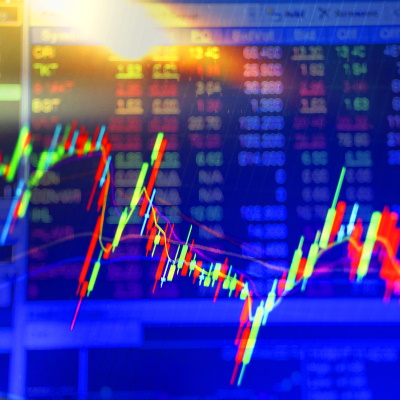Cup and Handle Chart Patterns
Read about the cup and handle pattern sometimes found on Forex charts that is a relatively recent addition to technical analysis.

Where Did it All Begin?
Described by William O’Neill in 1988, the cup and handle chart pattern was first mentioned in his book, How to Make Money in Stocks.
The Cup & Handle can be either a reversal or a continuation pattern, either bullish or inverted to form a bearish trend.
Among the more obscure chart formations used in technical analysis, the cup and handle pattern occurs when a shorter consolidation or shallow correction period appears after a rounded bottom or top pattern appears. This pattern is usually a long term price formation.
A Definition
The C&H’s bullish version brandishes a rounded bottom – the cup – on the left and a narrower handle to the right. The bottom of the cup’s bottom is rounded – pointed bottoms need not apply.
In its bullish presentation, the cup and handle pattern is created by a gradual decline, followed by a gradual rally to a similar level to that of the initial decline’s departure point. Thus, it forms a rounded bottom with a neckline at the top that represents a resistance level and the pattern’s breakout point.
In a perfect example, the cup portion of the pattern should ideally be shallow with the two sides at equal levels at the upper end of the trading range. Nevertheless, the cup and handle pattern tends to have unequal sides in many cases.
The pattern forms as the market dips below the neckline – the resistance level – before breaking it to the upside. This bullish segment of the pattern then reverts to a continuation of the previous up-trend toward the pattern’s measuring objective. Sometimes, the handle may appear to trend downward into a flag or pennant; others, it may simply retrace..
The inverted cup and handle pattern is bearish – similarly shaped, but inverted.
Ideal Characteristics
 Ideal characteristics of this pattern include the following:
Ideal characteristics of this pattern include the following:
- Cup Height – the cup should be relatively shallow and U shaped. Deep or V-shaped forms do not qualify. This is also referred to as the cup length by some traders.
- Handle Height – the handles should remain in the upper half of the cup’s price range, but ideally in the upper third. Avoid cups that have an extremely deep bottom; obviously this is not a rule to implement in an overzealous fashion, as markets will differ depending on the commodity being traded.
- Volume – Volume should decrease during the left side of the cup as the prices decrease and remain below average in the middle or towards the bottom of the bowl, before increasing during the right side of the cup as the neckline approaches, which shows that it is beginning to meet the previous high point.
Trading this Pattern
Once a potential bullish cup and handle pattern has been identified, a technical trader needs to compute their measuring objective and prepare to enter the market on the long side when the neckline is breached, after the completion of the handle phase.
The bullish cup and handle’s measuring objective is calculated on the vertical distance between the neckline and the base of the cup, then projected upward from the neckline. An increase in volume following the breakout serves as confirmation, and the stop-loss order should be placed below the neckline, which now serves as support. Profits should be taken ahead of the pattern’s measuring objective.
Limitations and Shortfalls of the Cup and Handle Method
As you may have already determined by now, this pattern is widely considered to be a bullish continuation pattern, which is commonly used to identify and predict buying opportunities within the market.
It is vital that traders making use of cup and handle stock do so in conjunction with other signals prior to making any decisions in trading. There are a few limitations which have been observed by traders, so let’s have a quick look at some of them.
The normal time frame that a trader should expect to use when applying this pattern should be between 1 month and 1 year; however, it is not uncommon for this time period to extend far beyond this. In some cases, it may appear over a period of several days, or it may even take a few years for the pattern to become distinguishable. This shows that in some rare cases, the use of this method of trading may become highly improbable.
Yet another case where this pattern tends to throw the trader off is due to the cup depth. Earlier we mentioned that traders should stay away from a deeper cup indication; this is due to the fact that it may be indicating a false signal. However, this is not always the case. The shallower cup is usually a great indicator and far less likely to be a false signal.
A final word …
When trading in illiquid stocks it is vital to remember that this pattern method has displayed some highly unreliable patterns and should not be used for this purpose. Don’t be alarmed if the pattern you see does not have a handle portion as this will happen from time to time.




